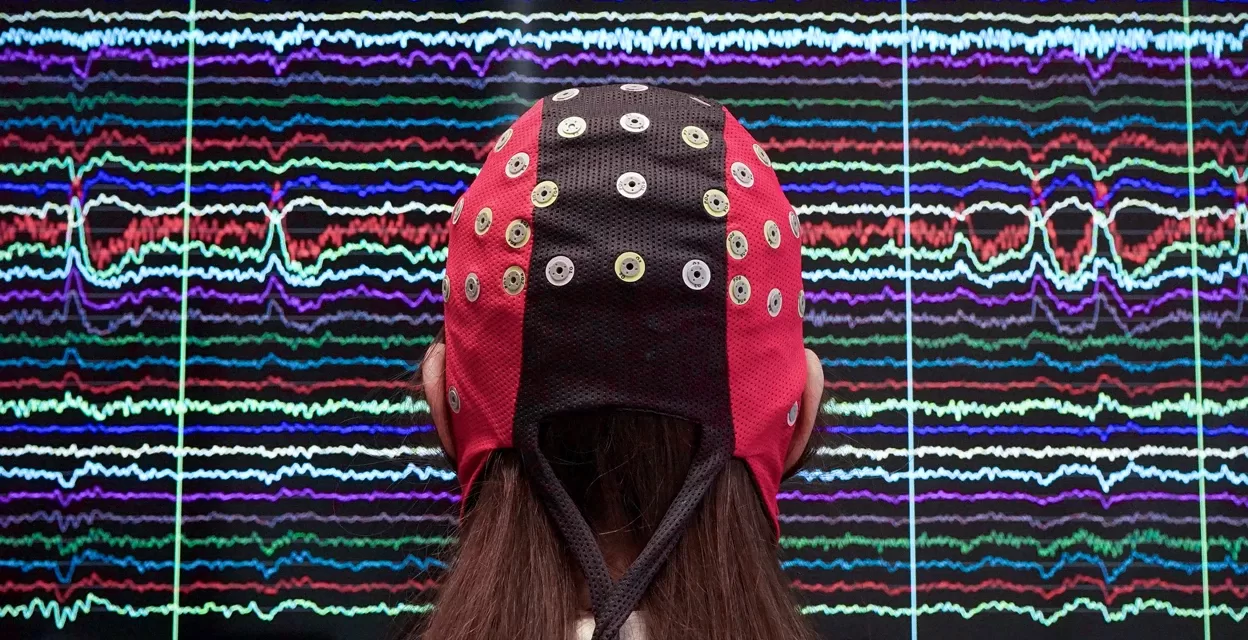In a groundbreaking development, researchers at Duke University have created an advanced machine learning model to significantly enhance the interpretation of electroencephalography (EEG) charts, a vital tool in monitoring intensive care patients. Published online today in the New England Journal of Medicine AI, this pioneering technology holds the potential to save thousands of lives annually by improving the detection of seizures and seizure-like events in unconscious patients.
EEGs, which measure brain electrical activity through sensors attached to the scalp, produce intricate wave patterns. Dramatic fluctuations in these patterns indicate seizures, a condition relatively easy to recognize. However, more subtle anomalies known as seizure-like events can be difficult to identify even for experienced neurologists. These events, while not full seizures, still pose significant health risks and require prompt medical intervention.
“The brain activity we’re looking at exists along a continuum, where seizures are at one end, but there’s still a lot of events in the middle that can also cause harm and require medication,” explained Dr. Brandon Westover, Associate Professor of Neurology at Massachusetts General Hospital and Harvard Medical School. “The EEG patterns caused by those events are more difficult to recognize and categorize confidently, even by highly trained neurologists, which not every medical facility has. But doing so is extremely important to the health outcomes of these patients.”
To tackle this challenge, the researchers collaborated with the lab of Cynthia Rudin, the Earl D. McLean, Jr. Professor of Computer Science and Electrical and Computer Engineering at Duke. Rudin’s team is renowned for developing “interpretable” machine learning algorithms, which differ from traditional “black box” models by providing transparent decision-making processes.
The research team collected EEG data from over 2,700 patients and engaged more than 120 experts to annotate the charts, classifying events as seizures, one of four types of seizure-like events, or other. The inherent variability in EEG appearances necessitated a model that could operate within a continuum rather than rigid categories.
Stark Guo, a Ph.D. student in Rudin’s lab, described the visual representation of the model’s output: a multicolored starfish, with each arm representing a type of seizure-like event. The proximity of a chart to the tip of an arm indicates higher confidence in the classification, while charts closer to the center reflect greater uncertainty.
The algorithm’s design allows it to highlight specific brainwave patterns that informed its decision and provides three similar, professionally diagnosed examples for comparison. This feature enables medical professionals, even those less experienced with EEGs, to make informed evaluations quickly.
The collaborative team tested the algorithm by having eight medical professionals categorize 100 EEG samples with and without AI assistance. The use of the AI model improved overall accuracy from 47% to 71%, outperforming a similar black box algorithm tested in a previous study.
“Usually, people think that black box machine learning models are more accurate, but for many important applications, like this one, it’s just not true,” said Rudin. “It’s much easier to troubleshoot models when they are interpretable. And in this case, the interpretable model was actually more accurate. It also provides a bird’s eye view of the types of anomalous electrical signals that occur in the brain, which is really useful for care of critically ill patients.”
This research received support from the National Science Foundation and the National Institutes of Health, along with the DHHS LB606 Nebraska Stem Cell Grant. The advancements in EEG interpretation brought by this study herald a new era in critical care, where machine learning and human expertise converge to enhance patient outcomes.












